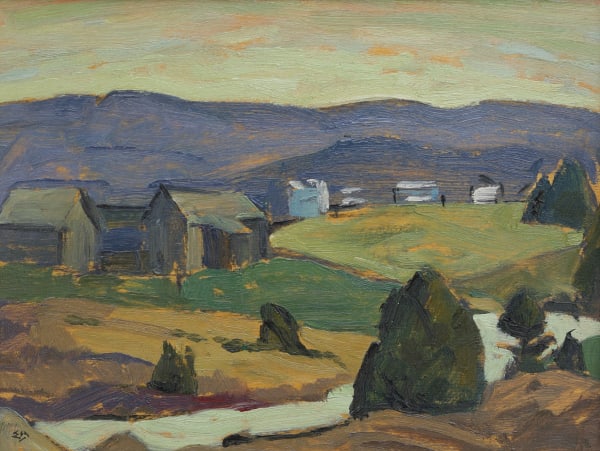

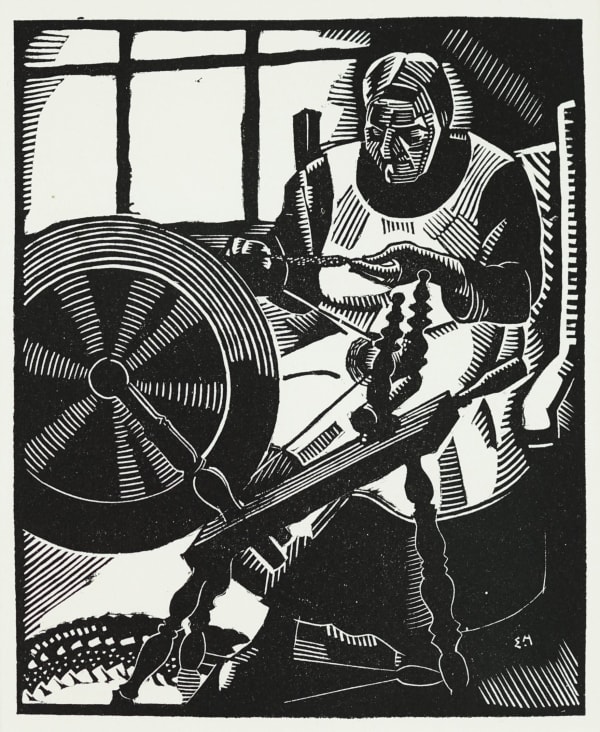

Edwin Headley Holgate (August 19, 1892 – May 21, 1977) was a pivotal figure in Canadian art and an important contributor to the development of Canadian modernism. Born in Allandale, Ontario, Holgate is best known as a member of the Group of Seven and for his distinctive approach to figure painting, printmaking, and landscape.
Holgate began his formal art training at the Art Association of Montreal, where he studied under leading Canadian painters William Brymner and Maurice Cullen. This academic grounding provided him with a rigorous understanding of drawing, composition, and colour, forming the foundation of his later modernist work. His artistic promise led him to Paris, where he immersed himself in the European art world and studied under Russian artist Adolf Milman. Exposure to Cubism and other modern movements profoundly shaped his approach to form and structure.
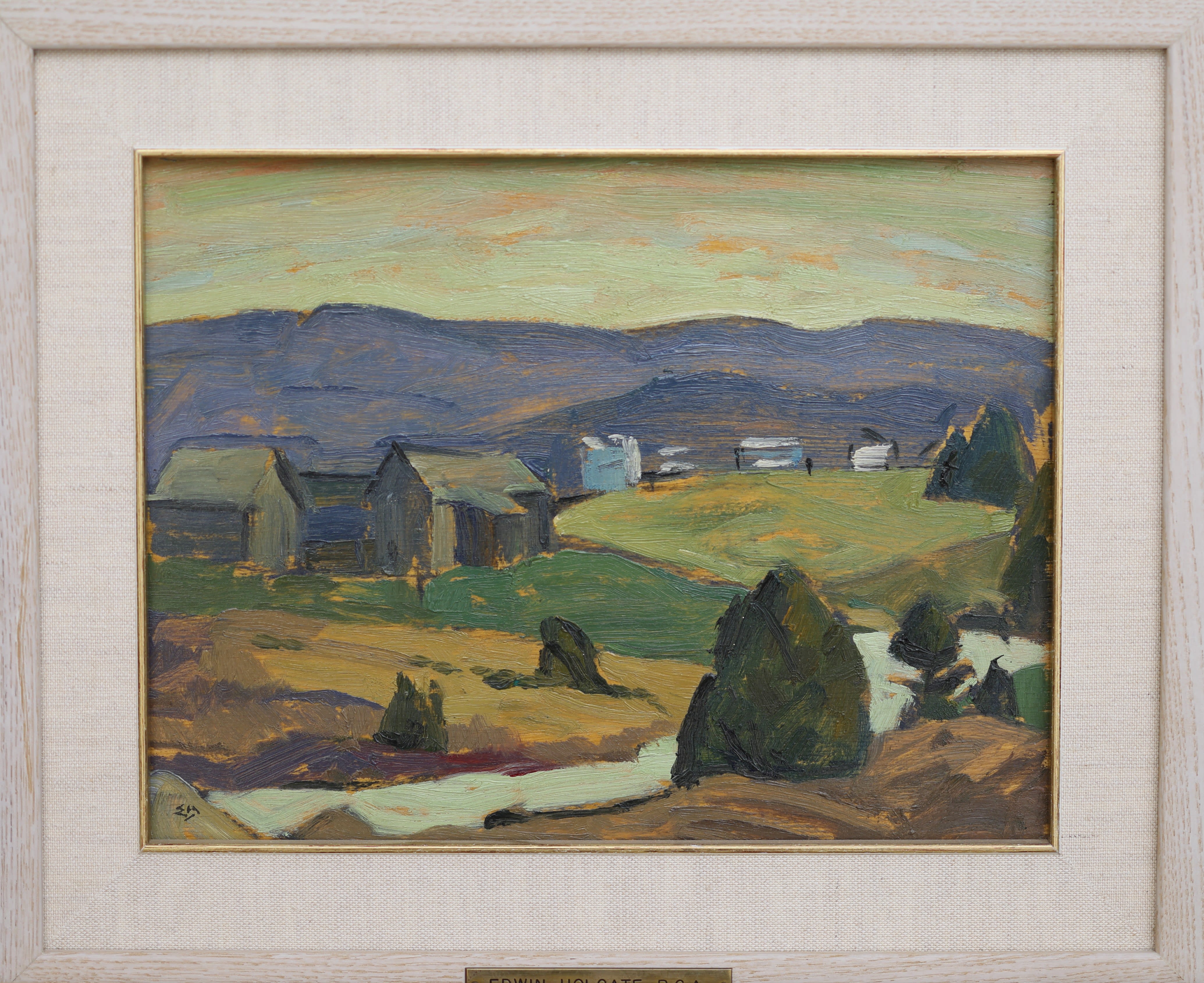
Edwin Holgate; Morin Heights
During the First World War, Holgate served in the army before returning to Paris with his wife to continue his artistic studies. Upon his return to Montreal, he became deeply involved in the city’s cultural and artistic life. He was a key figure in the formation of the Beaver Hall Hill Group, a collective of independent Montreal artists committed to modernism and artistic freedom.
Although Holgate painted landscapes throughout his career, he is especially renowned for his figure paintings. His innovative portrayal of the nude figure set within the Canadian wilderness represented a significant departure from traditional academic conventions and remains one of his most important contributions to Canadian art. These works combined modernist structure with a distinctly Canadian sense of place, setting him apart from many of his contemporaries.
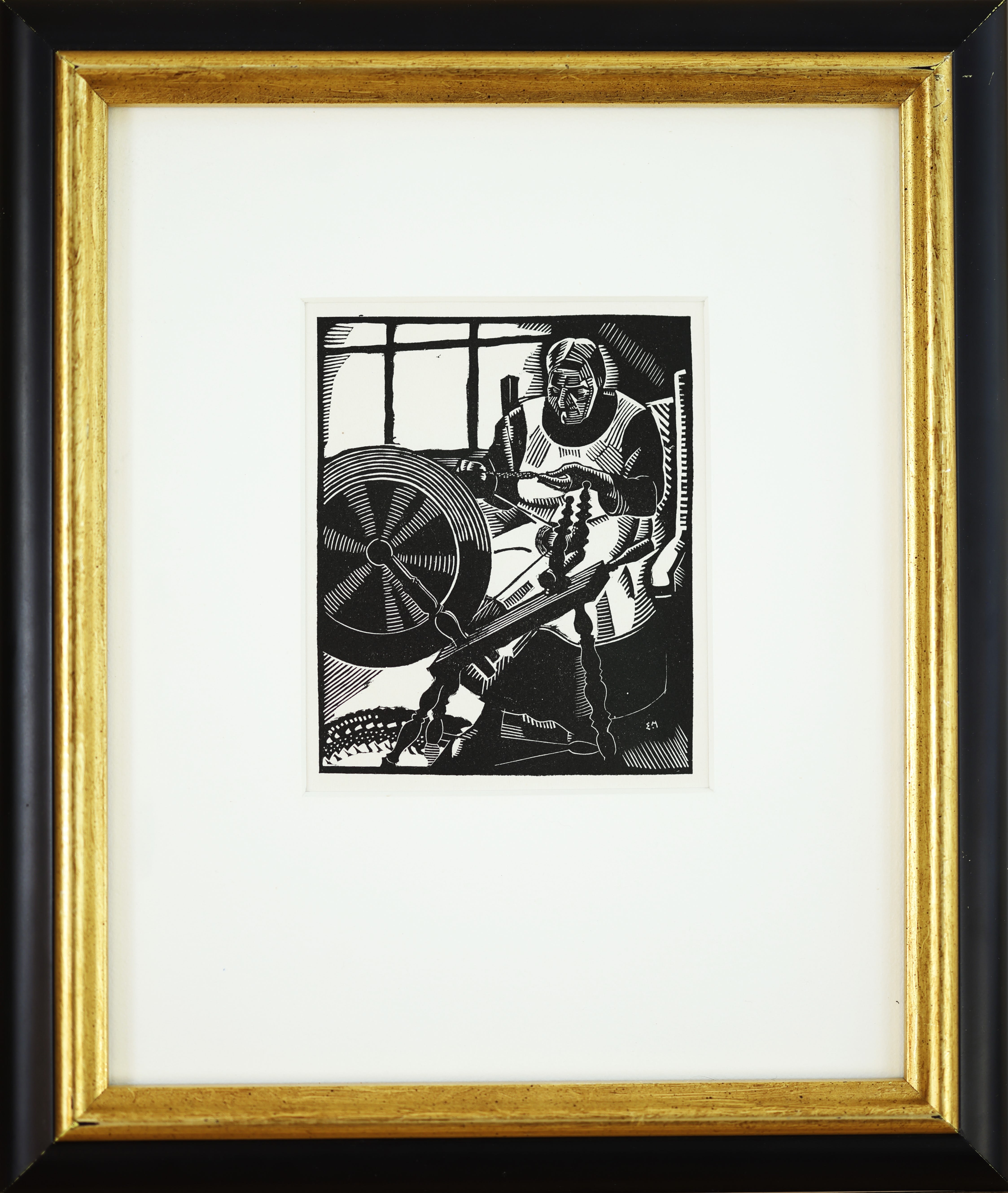
Edwin Holgate; The Spinning Wheel
In addition to painting, Holgate was an accomplished printmaker and a master of wood engraving. His woodblock prints were admired for their technical precision and expressive restraint and were frequently used to illustrate books and literary publications. His commitment to graphic art extended to his role as a founding member of the Canadian Society of Graphic Artists, which helped establish printmaking as a respected discipline in Canada.
Holgate also made lasting contributions as an educator, teaching at the École des Beaux-Arts de Montréal. He undertook expeditions to British Columbia with A.Y. Jackson and ethnologist Marius Barbeau, where he drew inspiration from Indigenous cultures and western landscapes. These travels broadened his artistic perspective and enriched his visual vocabulary.
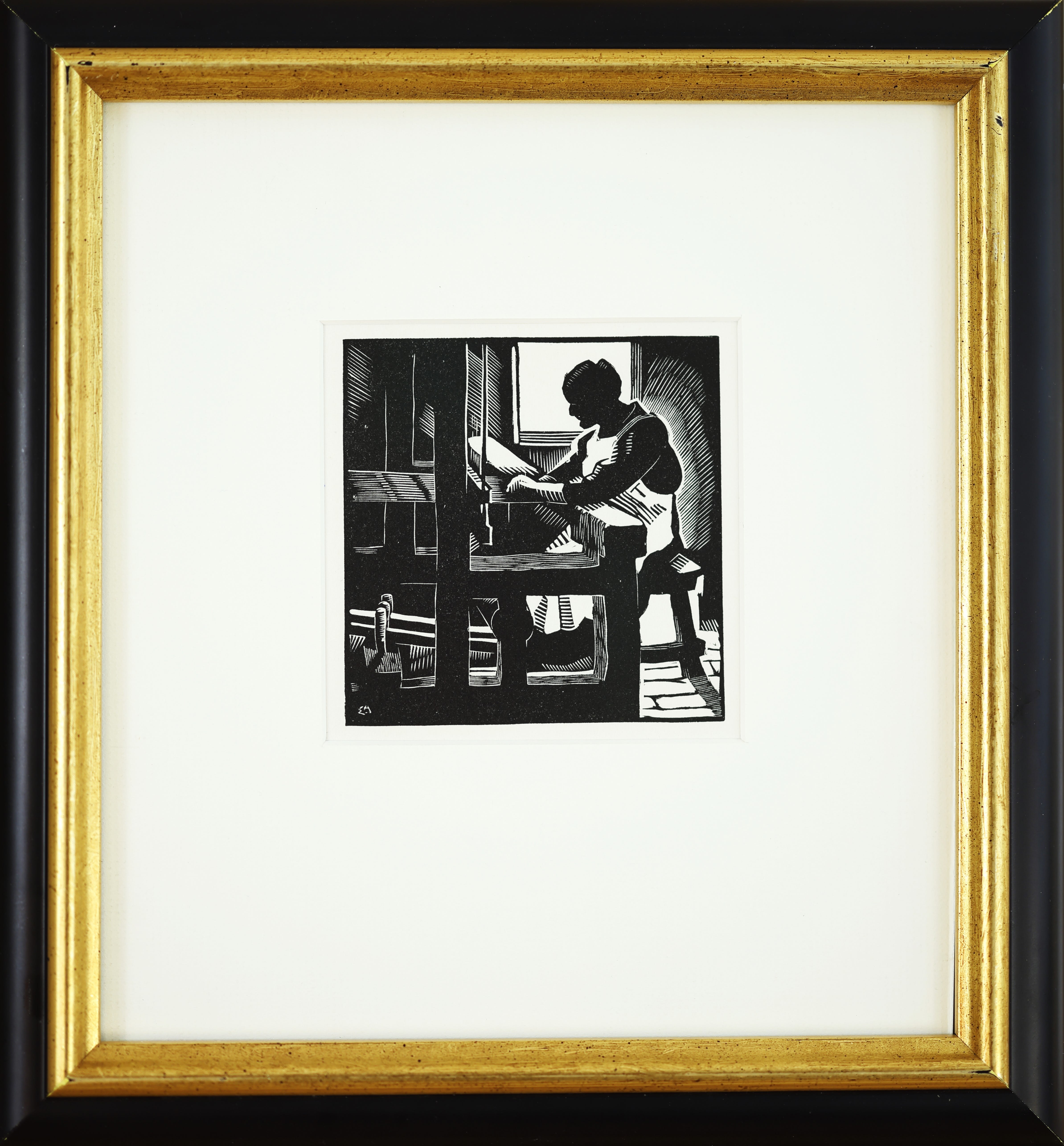
Edwin Holgate; The Old Loom
Despite feeling increasingly disconnected from emerging post-war artistic movements, Holgate remained devoted to his practice. He eventually settled in the Laurentians, where he continued to paint and produce graphic work. Throughout his career, his work was exhibited widely in major Canadian and international exhibitions.
Edwin Headley Holgate died on May 21, 1977, leaving behind a substantial legacy as one of Canada’s leading modernist painters and printmakers. His paintings and engravings continue to be highly regarded for their formal strength, disciplined emotion, and enduring influence on subsequent generations of Canadian artists.
This website uses cookies
This site uses cookies to help make it more useful to you. Please contact us to find out more about our Cookie Policy.